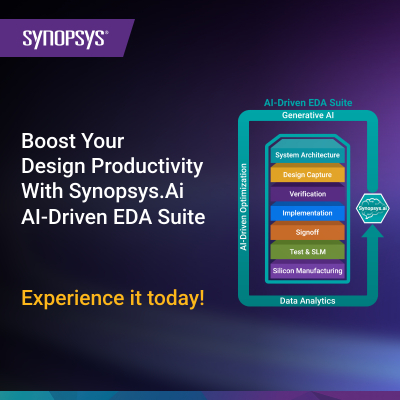
Semiconductor Reliability and Product Qualification – Munich
May 19 - May 22

Product reliability and qualification continues to evolve with the electronics industry. New electronics applications require new approaches to reliability and qualification. In the past, reliability meant discovering, characterizing and modeling failure mechanisms, and determining their impact on the reliability of the circuit. Today, reliability can involve tradeoffs between performance and reliability; assessing the impact of new materials; dealing with limited margins, and other factors. This requires information on subjects like: statistics, testing, technology, processing, materials science, chemistry, and customer expectations. While customers expect high reliability levels, incorrect testing, calculations, and qualification procedures can severely impact reliability. Semiconductor Reliability and Product Qualification is a 4-day course that offers detailed instruction on a variety of subjects pertaining to semiconductor reliability and qualification. This course is designed for every manager, engineer, and technician concerned with reliability in the semiconductor field, qualifying semiconductor components, or supplying tools to the industry.
What Will I Learn By Taking This Class?
Participants will learn to develop the skills to determine what failure mechanisms might occur, and how to test for them, develop models for them, and eliminate them from the product. This skill building series is divided into four segments:
- Overview of Reliability and Statistics. Participants will learn the fundamentals of statistics, sample sizes, distributions and their parameters.
- Failure Mechanisms. Participants will learn the nature and manifestation of a variety of failure mechanisms that can occur both at the die and at the package level. These include: time-dependent dielectric breakdown, hot carrier degradation, electromigration, stress-induced voiding, moisture, corrosion, contamination, thermomechanical effects, interfacial fatigue, and others.
- Qualification Principles. Participants will learn how test structures can be designed to help test for a particular failure mechanism.
- Test Strategies. Participants will learn about the JEDEC test standards, how to design screening tests, and how to perform burn-in testing effectively.
Course Objectives
- This course will provide participants with an in-depth understanding of the failure mechanisms, test structures, equipment, and testing methods used to achieve today’s high reliability components.
- Participants will be able to gather data, determine how best to plot the data and make inferences from that data.
- This course will identify the major failure mechanisms, explain how they are observed, how they are modeled, and how they are eliminated.
- This course will offer a variety of video demonstrations of analysis techniques, so the participants can get an understanding of the types of results they might expect to see with their equipment.
- Participants will be able to identify the steps and create a basic qualification process for semiconductor devices.
- Participants will be able to knowledgeably implement screens that are appropriate to assure the reliability of a component.
- Participants will be able to identify appropriate tools to purchase when starting or expanding a laboratory.













RISC-V Virtualization and the Complexity of MMUs